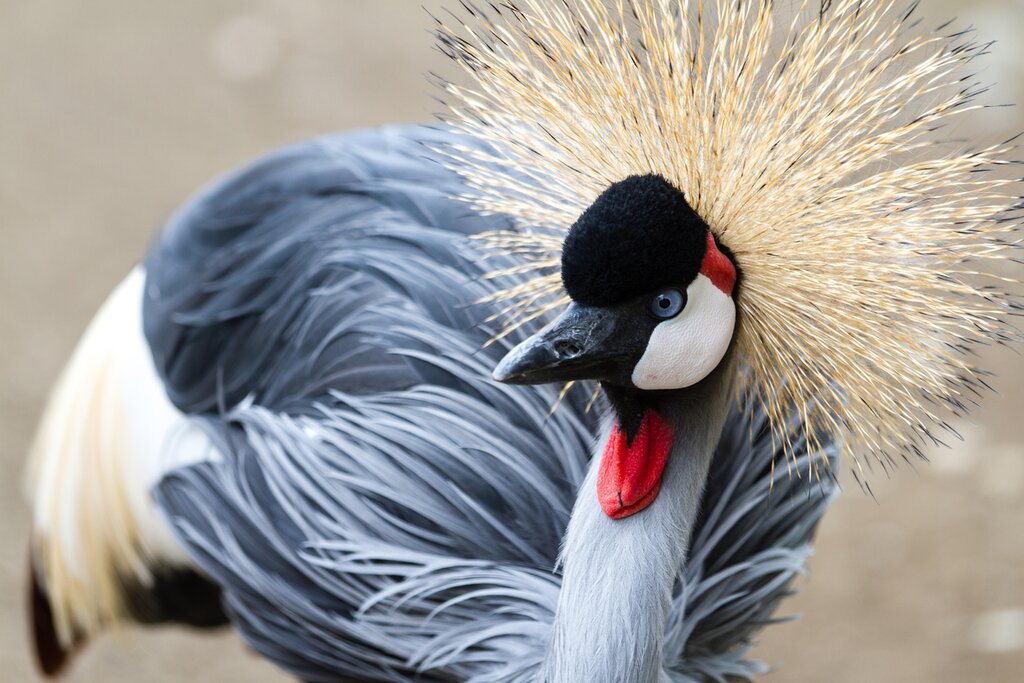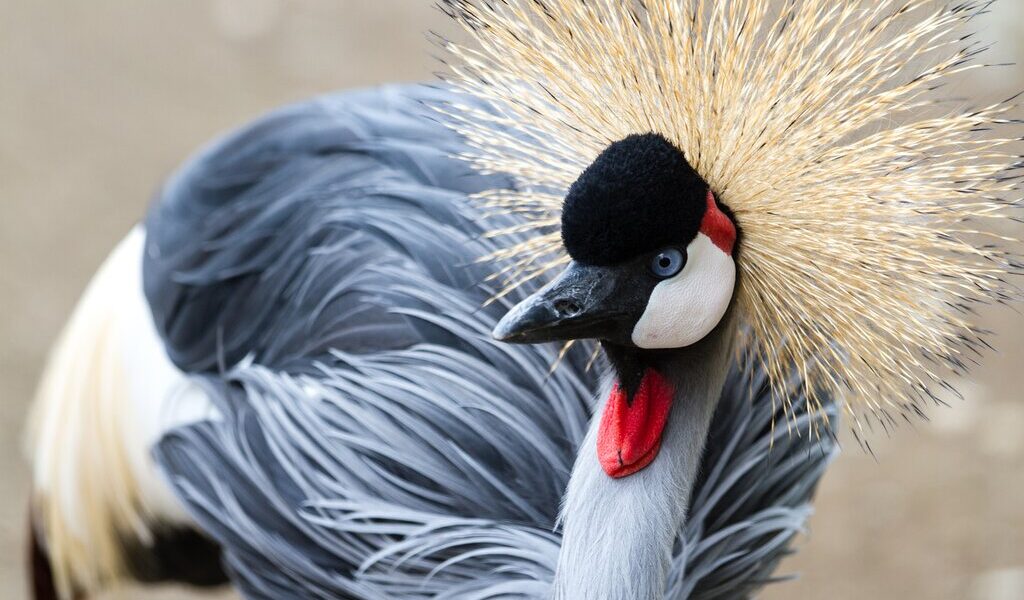
As long as you pack quality rain gear, March is a great time to visit Uganda. While some roads in the country’s south become impassible, and trekking in Bwindi Impenetrable National Park has its challenges, in return, accommodation and permits will both be easier and cheaper to book. To avoid the wettest regions, stick to central and northern Uganda and embark on bird-watching excursions and visits to museums and markets.
## Uganda in March: A Comprehensive Guide
March in Uganda presents a unique travel experience. While it marks the beginning of the longer rainy season, extending through May, it shouldn’t deter you from exploring the Pearl of Africa. With adequate preparation and flexible planning, March can unveil a quieter, more authentic side of Uganda, filled with lush landscapes and rewarding wildlife encounters. Let’s delve into what you can expect during this time of year.
**Weather in Uganda During March**
March witnesses the transition towards a wetter period. In Kampala, Uganda’s bustling capital and its largest urban center, the average high temperature hovers around a comfortable 27°C (81°F). However, venturing into the mountainous terrain of Bwindi Impenetrable National Park reveals a slightly cooler average high of approximately 77°F (25°C). Rainfall is a defining characteristic of March, with an average of 5 inches (130 mm) expected throughout the month. The southern regions of Uganda typically experience more rainfall compared to the northern areas.
Despite the rain, the skies often clear up, providing ample opportunities to soak in the sunshine and explore the stunning surroundings. Pack accordingly with rain gear and quick-drying clothing to make the most of your adventure. Don’t let the rain dampen your spirits; instead, embrace the refreshing atmosphere and the vibrant greenery that comes alive during this season.
**Crowds and Costs: An Off-Season Advantage**
The increased rainfall in March translates to a decrease in tourist crowds, making it the off-season in Uganda. This presents numerous advantages for savvy travelers. You can anticipate quieter trails, offering a more intimate connection with nature. Accommodation rates tend to be lower, allowing you to stretch your budget further. Moreover, obtaining wildlife permits becomes easier, increasing your chances of securing the experiences you desire.
Bwindi Impenetrable National Park, renowned for its mountain gorilla trekking, experiences a significant reduction in visitor numbers during March. The roads leading to and within the park can sometimes become challenging to navigate due to the rain. Consequently, only those who are comfortable with trekking in potentially wet conditions venture into this magnificent forest.
Even in the northern parts of Uganda, where rainfall is less pronounced, visitor numbers remain significantly lower. This means you could have the awe-inspiring Murchison Falls and the fascinating Ziwa Rhino Sanctuary practically to yourself. Kampala and Entebbe, the gateway to Uganda, also take on a more relaxed and genuine character. The streets, usually bustling with tourists, become once again predominantly filled with locals going about their everyday lives, providing a glimpse into the authentic Ugandan culture.
**Where to Go in Uganda in March**
March offers an excellent opportunity to explore Uganda’s diverse National Parks without the usual crowds. You might consider an enriching eight-day nature and wildlife journey. Begin your adventure in Entebbe, the perfect place to acclimatize to the Ugandan atmosphere. Take time to wander through the Entebbe Botanical Garden, admiring the flourishing greenery and the diverse plant life.
Next, journey north to the Ziwa Rhino Sanctuary. March is particularly rewarding for birders, as the sanctuary becomes a haven for various avian species. Keep an eye out for Meyer’s parrots and the elusive shoebill stork, particularly in the Lugogo Swamp, a prime birdwatching location.
Continuing your northward journey, you’ll traverse the Victoria Nile river, eventually reaching Murchison Falls. The increased precipitation in March transforms the falls into a truly spectacular sight, with powerful cascades of water surging through the rocky gorges. Dedicate a day to exploring Murchison Falls National Park, where you can embark on game drives to spot lions, elephants, leopards, and Uganda’s national bird, the majestic grey crowned crane.
From the north, venture south to Kibale Forest National Park, famed for its high concentration of chimpanzees.
In the west-central region of Uganda lies Queen Elizabeth National Park, renowned as the home of tree-climbing lions and substantial herds of buffalo and elephants. Divide your time between the Kasenyi Sector and the Kazinga Channel for optimal wildlife viewing opportunities, observing large mammals and numerous bird species preparing for their annual migrations.
For those who don’t mind a little rain, a trip south to Bwindi Impenetrable National Park is a must. Permits for mountain gorilla trekking are generally more affordable during this period. Thanks to the abundance of food resulting from the rain, gorillas tend to stay at lower elevations, potentially reducing the duration and intensity of your trek.
**What to Do in Uganda in March**
Despite the rainy conditions, Uganda offers a plethora of activities and attractions to enjoy in March. If you prefer indoor pursuits, March is an ideal time to explore the markets and museums of Kampala and Entebbe. Visit Kabaka’s Palace, the historic seat of the kings of Buganda, and delve into Uganda’s rich culture and traditions at the Ndere Cultural Center. Search for unique gifts and souvenirs at the Buganda Craft Market. In Entebbe, consider a visit to the Ngamba Island Chimpanzee Sanctuary, a sanctuary for over 50 orphaned and rescued chimpanzees.
Bird enthusiasts will be spoilt for choice when it comes to bird watching in Uganda in March. Embark on a boat safari or wander through the lush jungle trails, searching for noisy woodpeckers, the elusive Weyn’s weaver, and the vibrantly colored orange-breasted Papyrus gonolek, among many other species. Queen Elizabeth National Park is a particularly renowned bird-watching destination. However, the dense jungles of Bwindi Impenetrable National Park may offer the chance to spot unique species found nowhere else on Earth.
If your primary motivation for visiting Uganda is to observe large mammals, come prepared for the weather. In return, you’ll be rewarded with quieter trails and more affordable tour options. In Murchison Falls National Park, take a boat ride on the Nile Delta in search of the elusive shoebill stork, and embark on a game drive to spot warthogs, leopards, and the rare aquatic sitatunga antelope. Kibale Forest National Park is another excellent destination in March, as the breeding season is in full swing. You might witness chimpanzees, blue monkeys, and baboons mating, nesting, or even nursing their young.
By embracing the unique conditions of March, you can discover a different side of Uganda, one that is quieter, more authentic, and brimming with opportunities for unforgettable experiences. Pack your rain gear, embrace the adventure, and prepare to be captivated by the beauty and charm of the Pearl of Africa.
B-2681

